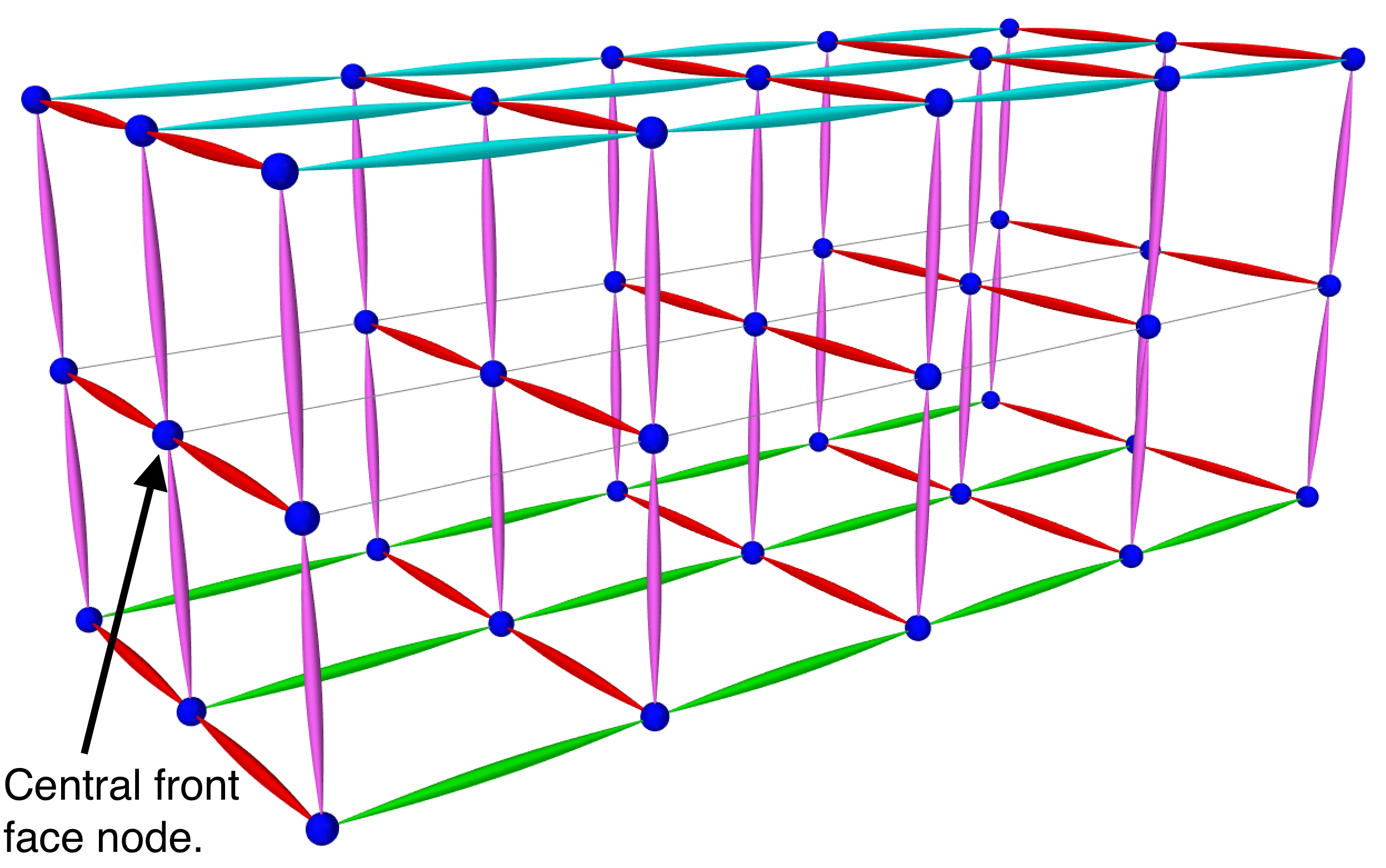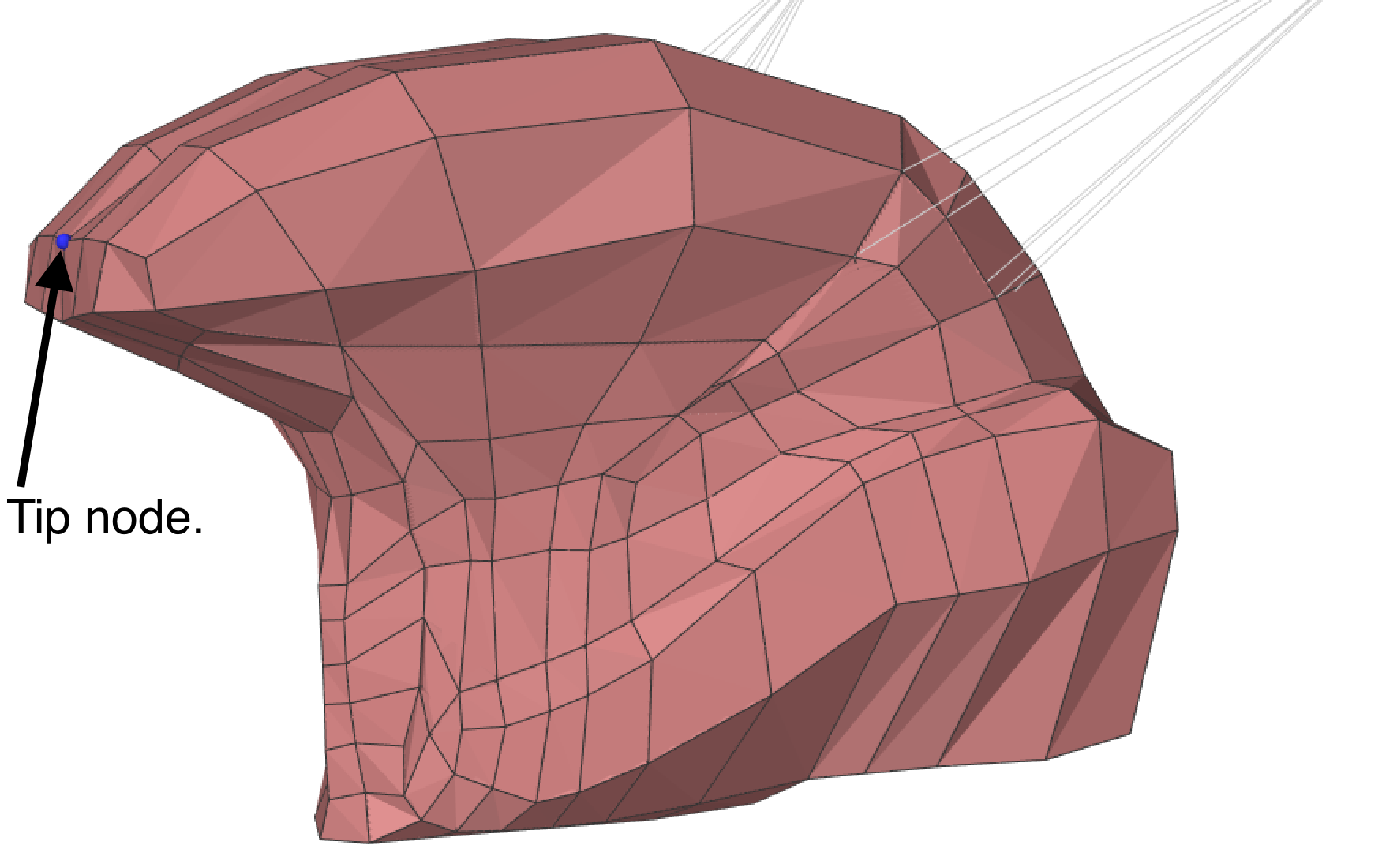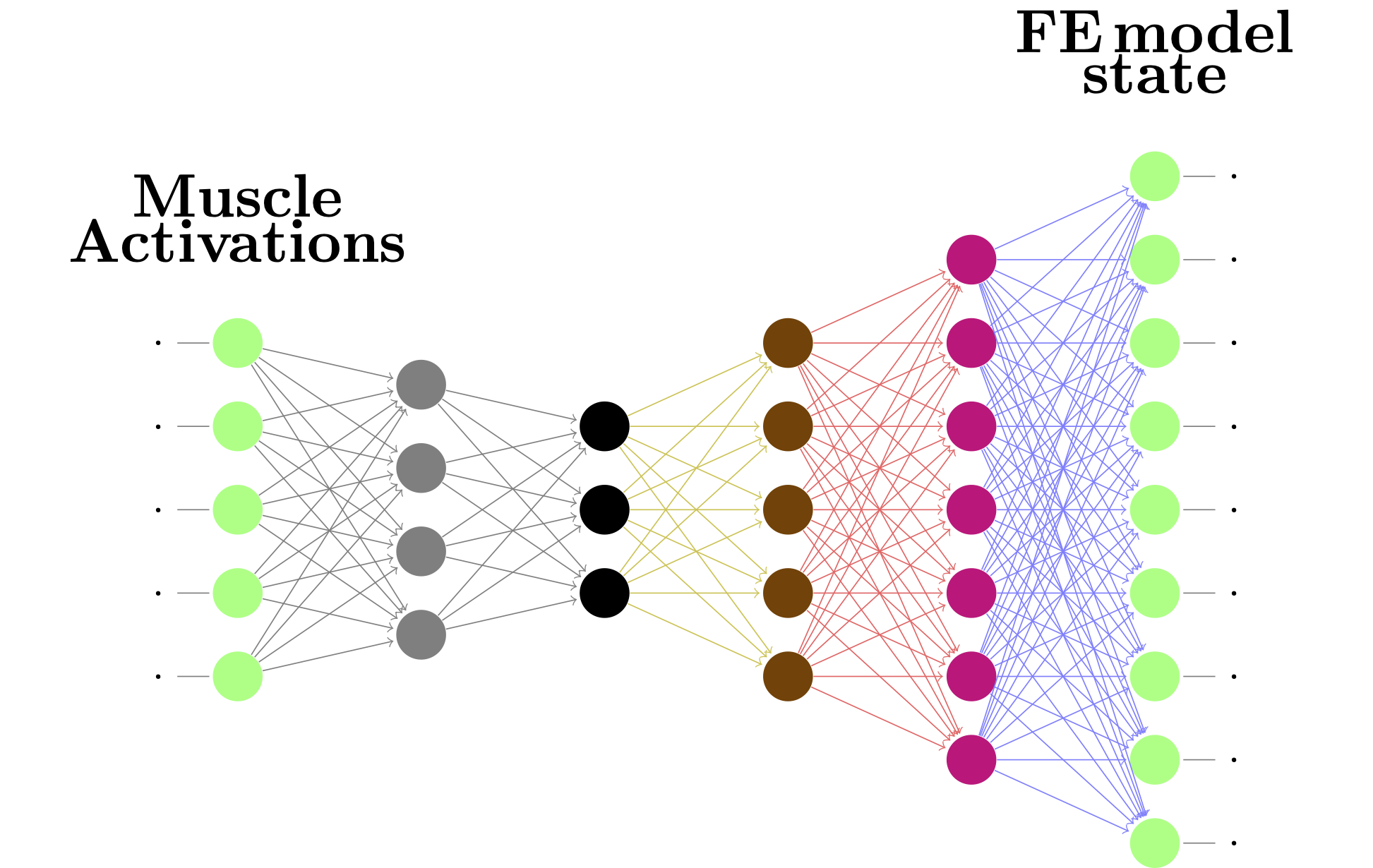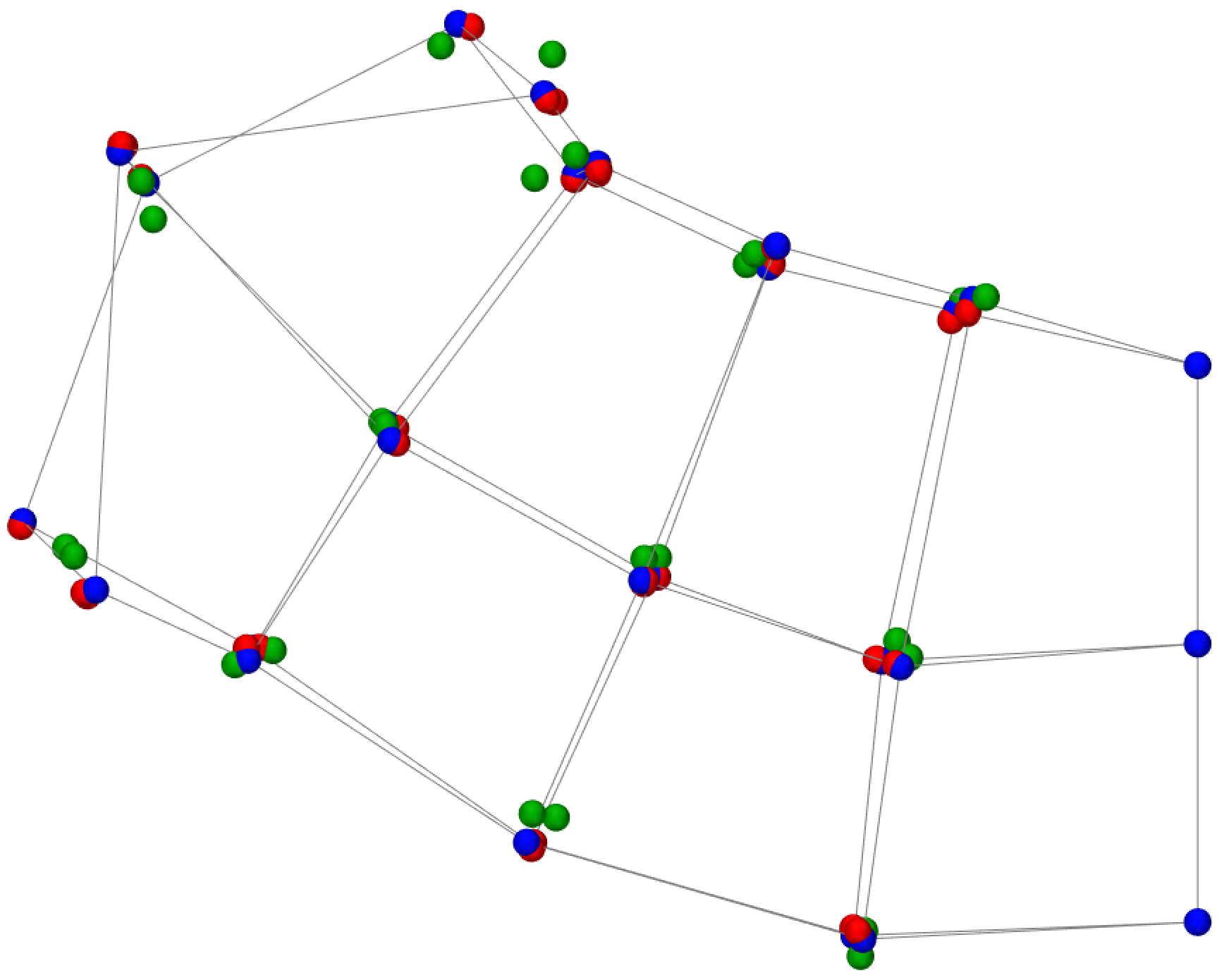Towards finite element simulation using deep learning
Motivation
Finite-element (FE) modeling is the standard approach for representing soft-tissue structures in biomechanical simulations. FE models, however, incur a substantial computational cost due to having thousands of degrees-of-freedom. The slow simulation speeds of FE models make them difficult to use in a clinical context where quick, or even real-time, feedback of simulation results are necessary.
Dimensionality reduction approaches, such as condensation, surrogate models, model-order reduction, and principal-component analysis (PCA) have been employed to speed up FE simulation times. However, many of these approaches are intrinsically linear transformations. Large deformation, non-linear FE models, which are common for muscle tissue modeling such as tongue modeling, present a significant challenge for traditional FE dimensionality reduction.
We explore the use of deep learning as a alternative to these traditional methods, since deep neural networks can predict highly non-linear transformations in a compact, stable, and computationally efficient form.
Overview
We conducted experiments on two FE models implemented in ArtiSynth, an open-source biomechanical simulation toolkit. The first is a simplified beam representation of a human tongue consisting of 16 hexahedral elements (45 nodes) arranged in a rectangular grid, which we used as a proof of concept. The second is a high-fidelity tongue model consisting of 740 hexahedral elements (950 nodes). Both models can be reproduced using ArtiSynth.


Training and testing data were generated using the BatchSim feature of ArtiSynth, which permits flexible and autonomous execution of simulations with combinatorial and probabilistic input parameter variation (strength of muscle activations), and produces structured outputs (resulting FE model state) that can be directly used with deep learning and PCA.

Our deep learning model is inspired by an auto-encoder (DAE). Specifically, a low dimensionality central hidden layer creates a low-rank approximation of the mapping between muscle activation and FE model state. This low-rank approximation enables the neural network to be very small and, therefore, to run in real time when integrated as the primary model in the ArtiSynth model-control-view loop. Simple, yet effective!

Experimental Results
The figures below overlay the predictions by the DAE (red points) and the PCA (green points) on top of the ground truth FE model state (as simulated by the ArtiSynth solver). Qualitatively, the DAE reconstructions (red points) better fit the true FE model state as compared to PCA (green points), especially near the most significantly deformed areas.


Quantitatively, our DAE model outperforms PCA on all our test sets, sometimes by up to an order of magnitude. These results provides evidence in favour of our hypothesis that linear transformations such as PCA have difficulty capturing highly non-linear FE dynamics.
Both DAE and PCA significantly outclass the ArtiSynth solver in terms of computation time, which presents a clear advantage of low-rank approximation over traditional simulation. The non-negligible failure rate of the solver (caused by numerical instability) presents another significant advantage. The difference in both computation time and stability are larger for the more complex tongue compared to the simple beam model. As such, we suspect this difference will increase exponentially as the complexity and degree of non-linearity in the FE models increases.




